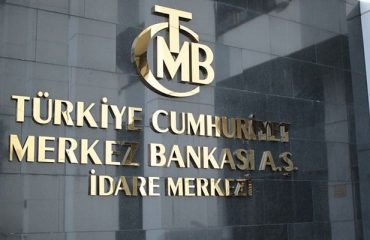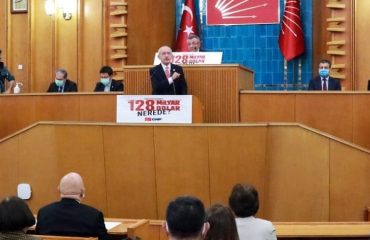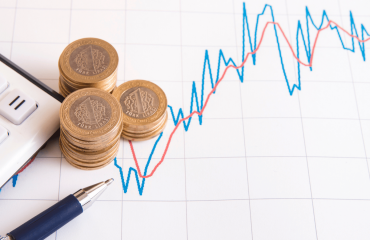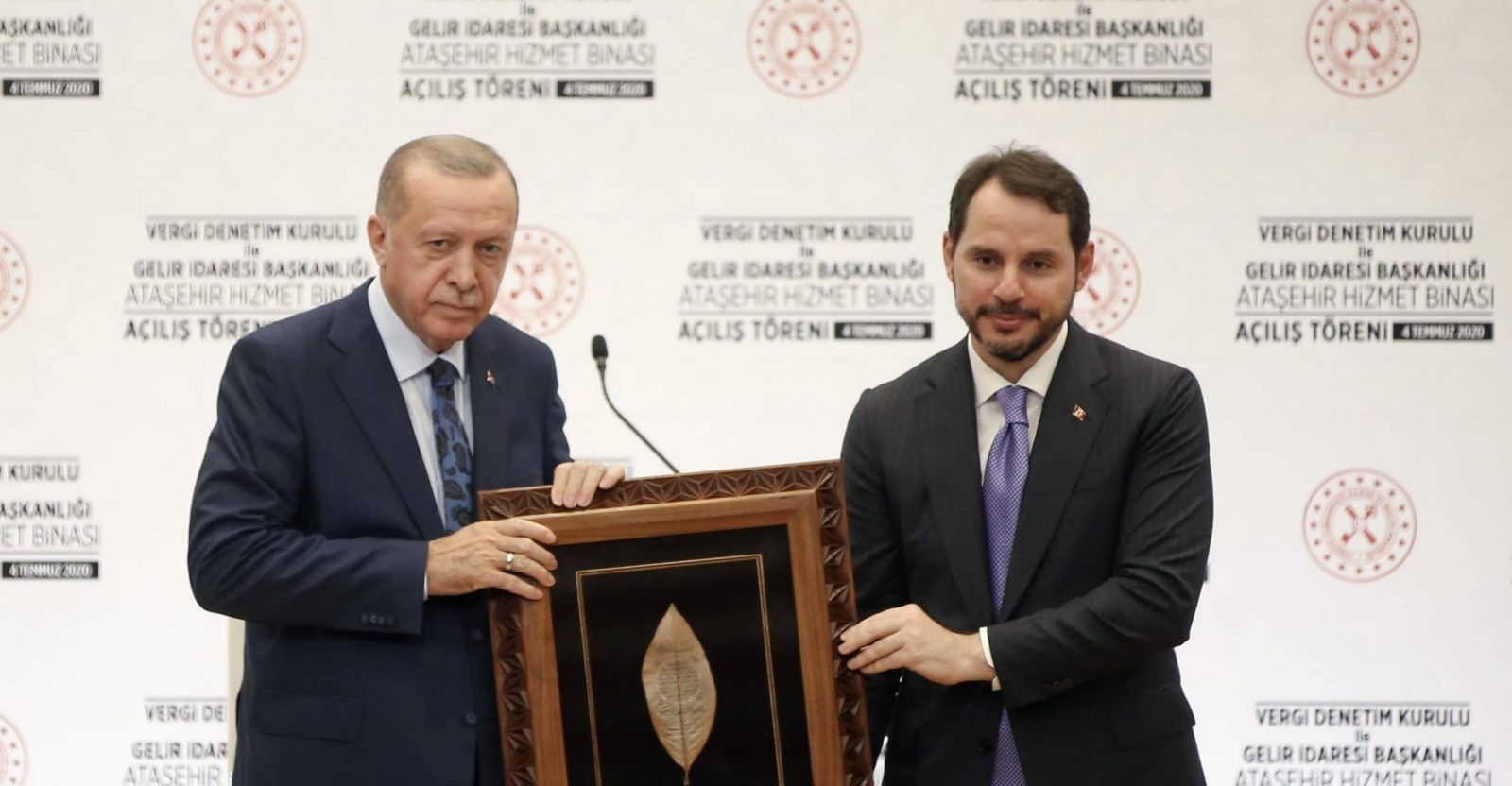
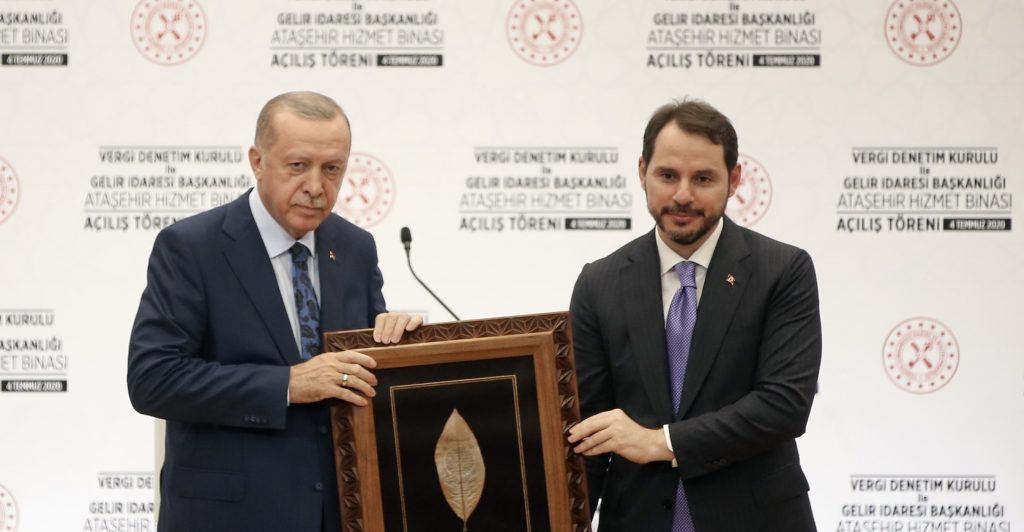
Following the exchange rate crisis in August 2018, Turkey is shaken by yet another exchange rate shock. How did we get here, and why? Economists have been discussing these questions for a long while. As we look at the big picture, we could see the widening gap between what should be done and what was done, as well as the accumulating vulnerabilities.
Our job is to examine the economy and point out the weaknesses. We can look at the patient’s test results and determine how severe the disease is, but we cannot tell when the patient would need intensive care nor hospitalize the patient. Furthermore, sometimes the patient takes steroids, which gives them a boost and deceives the doctors until they figure out what is going on. This deception was partly the reason why economists failed to explain the recent strength of the Turkish Lira.
What did the Turkish economy look like in the period after 2017?
As the runner gets worn out
There was an overheating economy due to accommodative policies that forced the economy to grow beyond its potential. What is wrong with growth? Everybody wants the economy to grow more and produce more, but the key is sustainability. The goal is not to force the runner to run above their average speed but to increase their average speed. Otherwise, the runner gets worn out.
The average growth rate can only be increased with investment in productive industries and with policies that are aimed at improving productivity and innovation. Increasing production with low-interest-rate policies is not sustainable. Such demand-driven growth beyond the productive capacity causes inflation and triggers adverse movements in the exchange rate. These not only reduce demand but also reduce supply by increasing the costs of production. Hence, unsustainable growth.
Price stability problem
The 2018 crisis confirmed this diagnosis. The patient was hospitalized, and economists prepared their prescriptions. There had to be an internally consistent plan. Monetary and fiscal policies had to work in harmony. In the short run, the potential growth rate should be maintained and the long-run policies should be designed to increase potential growth. In the short run, price stability should be prioritized which requires higher interest rates and in the long-run interest rates would go down with the lower inflation rate.
In the short run, education policies should be re-structured to emphasize creative thinking and focus on creating a qualified labor force that would reduce structural unemployment in the long run. In the short run, the emphasis should be to protect the free market mechanism, transparency, and the rule of law, which would reverse the brain drain in the long run and increase foreign direct investment.
The challenge is not the diagnosis
You do not need to be a very talented doctor to write this prescription. That is because the Turkish economy’s problems are not rare and not hard to diagnose. When the diagnosis is straightforward, so is the medicine. The challenge, however, is to follow the doctor’s orders.
While these were the policy recommendations for the period after 2018, the actual policy steps were unfortunately focused on short-run gains. After the exchange rate crisis, the policy rate was increased by 625 basis points in September 2018. What happened afterward? Due to the spillovers from the exchange rate to the inflation rate, the inflation rate hit 25 percent, gradually declining to around 15 percent in the following months. The exchange rate stabilized thanks to the rate hike. Nevertheless, another aggressive easing cycle started in the second half of 2019.
Lower rates increased the demand for USD
As the inflation rate declines, it is plausible to lower the policy rate. However, for a fragile economy that has weak central bank credibility, impatience may increase vulnerabilities. Aggressive rate cuts may generate the impression that the central bank is not sincere about price stability which feeds into inflation expectations. Under these circumstances, demand for Turkish Lira (TL) denominated assets decline and demand for dollar-denominated assets increase. Savers try to maintain the purchasing power of their wealth, which leads to a depreciation in the TL.
Here is where economists were puzzled. After the former Turkish Central Bank (CBRT) governor Murat Cetinkaya was replaced, CBRT started an aggressive easing cycle. However, the expected depreciation in the TL did not materialize. Even though the test results suggested that the patient was in bad health, the patient was up and running. It was only later clarified that the patient was on steroids. The puzzle was first resolved by market analysts who recognized an unaccounted decline in CBRT reserves. Sometime later, it was acknowledged by officials that the CBRT was selling reserves to maintain the value of the TL. So the mechanism worked as follows. Interest rates were reduced to stimulate the economy. Low interest rates increased the demand for USD. CBRT foreign exchange reserves were sold to prevent these demand pressures from depreciating the TL.
What happens next?
Economists do not prescribe this medicine. Foreign exchange reserves are not unlimited, so such a policy is not sustainable. Even though you want to support growth with all good intentions, if you don’t do this through long-run policies that improve credibility, you end up returning to your starting point with a more fragile economy.
Unfortunately, the COVID-19 crisis only made things worse by reducing the supply of the US dollar (USD). In addition, the policies that were introduced during the pandemic further increased the demand for USD. Based on the numbers as of the end of July, the CBRT’s gross reserves were 90 billion USD. After we account for liabilities, net reserves decline to 26 billion USD. As we adjust for swaps, net reserves decline to -33 billion USD.
What happens next? As you keep interest rates low, demand for the TL declines and demand for the USD increases.
“Your latest tricks”
One way to keep the value of the TL is to raise interest rates. This way, at least the domestic demand for the USD might be taken under control. The increase in deposit rates that came over the weekend is consistent with this framework. At this stage, it seems less trivial to attract foreign capital with a mere rate hike.
A second option to stabilize the exchange rate is with an international arrangement to increase the supply of USD. In an earlier piece, I had noted that I find it unlikely for the Fed to engage in such an agreement.
One would wish that the recommendations of the economists were followed earlier before we got to this point. I remember the famous song by the 80s popular band Dire Straits: “Money for Nothing” and the voice of Mark Knopfler continuing vividly in my head “That ain’t working, that’s the way you do it.” As I wrap up this piece, the Banking Regulation and Supervisory Agency (BDDK) announces that the active ratio will be revised to accommodate the needs of the banking system. Meanwhile, Spotify moves on to the next Dire Straits hit: “Your Latest Tricks”.
